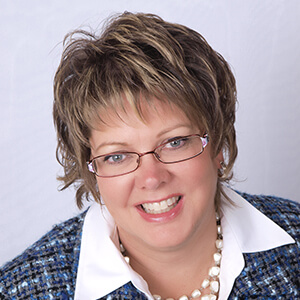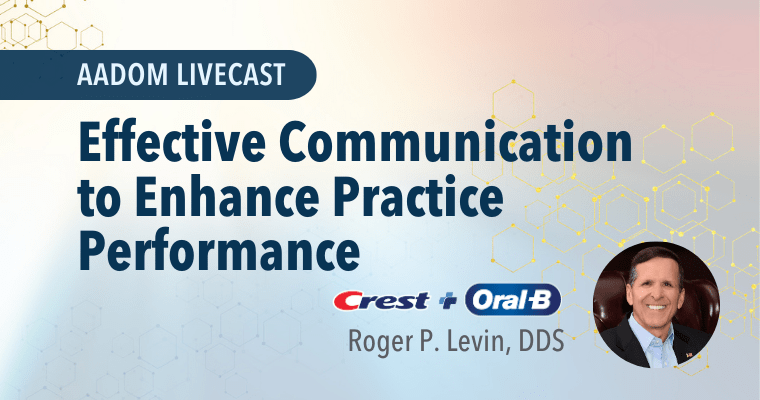Successful Staff Meetings in 3 Steps

Meetings are a dreaded word in most dental practices. In reality, meetings are the most essential part of a successful practice. A meeting involves communicating with the dental team, making sure everyone has information on new products, procedures, and systems. Meetings are a great way to address issues that snowball into major ones, which can be why team members leave the practice. Taking time to deal with the “speed bumps,” great solutions can be found while issues are minor.
Step 1: Finding time for meetings.
Some offices have weekly meetings; some do quarterly meetings. Find what works best for your office. Most dental practices do not make time for meetings, fearing it will cost them production. But the offices that have meetings find that they are more productive. You want a time when all the staff can be present without interruptions. Put a sign at your front desk and turn off the phones. A breakfast meeting before the workday starts might be a good option. My office meets weekly during the hour before lunch, it’s not a prime appointment time, and we can have a more extended meeting with lunch included if needed.
Step 2: Have a plan.
The biggest complaint I hear from staff about meetings is that they are a waste of time and become gripe sessions. If you start with an agenda and everyone adds to it, you have a foundation for your meetings. Add a facilitator, notetaker, and action plan to your meetings, and you’re set. The facilitator’s role is to ensure the agenda is full and that you stay on time and on task. They decide if an item takes too much time to shelve it for another meeting. The notetaker will take minutes so anyone missing the meeting can stay informed. Everyone on the staff, except the doctor, takes a turn at these positions.
The Action Plan is key for celebrating success. You measure the success of your meetings, even if they are small, by tracking when tasks are completed. The Action Plan follows tasks that need to be done, who is responsible for doing them, and when they are completed. If they aren’t completed by the due date, find out why and reset the due date. It’s a lot of fun to look back on your tasks and how things got done. No more gripe sessions, just action meetings.
The doctor’s role is to review the agenda, listen actively, and have positive body language. The rest of the staff must be on time, participate, have a positive attitude, and offer solutions. The outcome of these meetings affects everyone on the team and the practice.
Step 3: Know there are different types of meetings.
Most offices conduct a “huddle” each morning. These meetings set the tone for the day. You can discuss where the speed bumps might come up and where they were yesterday. Handling yesterday’s speed bumps can make for great items on your agenda. Huddle meetings are short reviews of the schedule and patients. Have a checklist of what information needs to be brought to the huddle. This can differ for each office but might include medical alerts, x-rays, needed chart updates, past due family members, and unscheduled treatment.
Other types of meetings that can be helpful are training, teamwork, and numbers. Training is key to making sure everyone knows how to use the practice software, new equipment, handle medical emergencies, and annual OSHA and HIPAA training and systems training.
Teamwork meetings are great for planning continuing education courses, community service projects, marketing, and staff get-togethers. These can be fun meetings that include some “get to know you” games that help bring new staff members onto the team. These meetings can be great for building relationships and trust with your team.
A “numbers” meeting is a great way to make everyone aware of the practice’s health. Our numbers meeting is done monthly, and everyone brings something to the meeting. The front desk reports on new patients, collections, adjustments, insurance aging, and AR aging. Hygienists bring their monthly totals for daily production, number of unfilled hours, and the total number of SRPs completed. The assistants bring the dentist’s monthly production, hourly production, unfilled hours, and the number of major procedures completed. Dentists enter the numbers on a spreadsheet that includes the monthly goals and actual numbers. The team then examines the numbers and analyzes the reason for unfilled hours and how new patients are referred to the office. Some offices share their BE (break-even) number or minimum overhead numbers; some don’t feel comfortable doing so. This is a significant number to share so the staff knows the doctor is not taking all the collections home. I had a hygienist with 20 years of experience and was shocked to know what it cost to run the business every month. We have a bonus program based on collecting more than our BE number, so the team needs to know the goal.
If you are not conducting meetings, maybe start with one monthly meeting. Just make sure you have the key parts to making it successful. You must have a plan and execute it, then track your success. Remember to celebrate those successes and build the foundation of a great practice!
About the Author

Marsha has over 35 years of experience in the dental office, both as a dental assistant and an office manager. Originally, she trained as a dental assistant while serving in the US Navy.
During her 35 years in dentistry, Marsha has managed her husband’s practice, worked as a dental consultant (15 years), and worked as a certified trainer for Dentrix (15 years). She is a lifetime member of AADOM, a Certified Consultant with Bent Ericksen & Assoc., and a member of the Academy of Dental Management Consultants. Marsha will be inducted into the 2023 class of AADOM Masters (MAADOM) in September.







